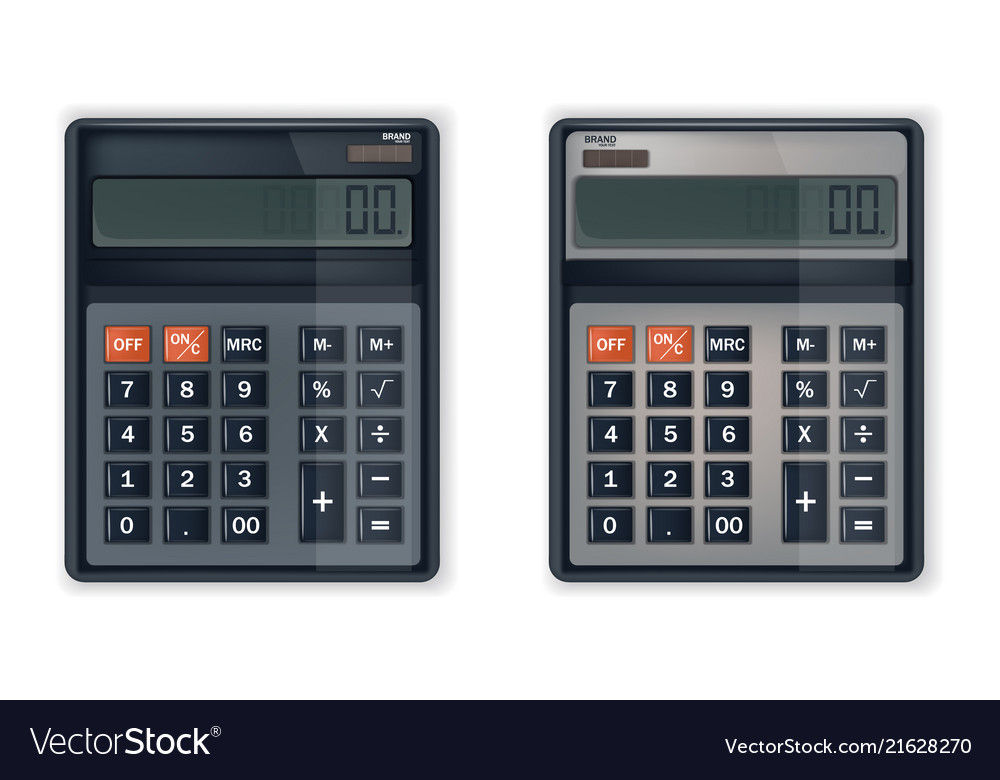Soup for the Math Lover’s Soul: Calculator Soup Recipes for Success – In the realm of mathematics, where numbers dance and equations sing, there exists a tool that is both humble and mighty—the calculator. Just as a chef relies on a well-crafted recipe to create a delicious dish, mathematicians and students alike can depend on their trusty calculator to solve complex problems and unlock the mysteries of numbers. In this article, we explore the magic of “Calculator Soup,” a metaphorical concoction that symbolizes the power and versatility of calculators in the world of mathematics.
The Ingredients of Calculator Soup
Imagine a large, bubbling cauldron filled with an array of mathematical ingredients: numbers, variables, functions, and equations. Each of these elements plays a crucial role in the creation of mathematical solutions, much like the ingredients in a savory soup contribute to its flavor and texture.
Numbers are the building blocks of mathematics, serving as the raw material from which all calculations are derived. Whether it’s a simple addition problem or a complex calculus equation, numbers are the foundation upon which mathematical concepts are built.
Variables, on the other hand, are the placeholders in an equation that represent unknown quantities. Just as a chef might adjust the amount of salt or spice in a recipe, mathematicians use variables to represent values that can change or vary.
Functions are mathematical operations that take an input and produce an output. They can be thought of as the “spices” of mathematics, adding complexity and depth to equations. Common functions include addition, subtraction, multiplication, division, and exponentiation.
Equations are mathematical statements that assert the equality of two expressions. They are the heart and soul of mathematics, providing a framework for solving problems and proving theorems. Like the simmering broth of a soup, equations bring together all the ingredients of mathematics into a harmonious whole.
Stirring Up Solutions with Calculator Soup
Just as a chef uses a spoon to stir and blend the ingredients of a soup, mathematicians and students use calculators to manipulate and solve mathematical problems. Calculators come in various shapes and sizes, from simple four-function calculators to sophisticated graphing calculators capable of performing complex calculations and graphing functions.
One of the key benefits of using a calculator is its ability to perform calculations quickly and accurately. Whether you’re calculating the tip on a restaurant bill or solving a differential equation, a calculator can save you time and reduce the likelihood of errors.
Calculators can also help you visualize mathematical concepts through graphs and charts. For example, a graphing calculator can plot the graph of a function, allowing you to see how the function behaves and identify important features such as intercepts, maxima, and minima.
Moreover, calculators can handle complex mathematical operations that would be tedious or impractical to perform by hand. For example, calculating the square root of a large number or finding the inverse of a matrix can be done quickly and easily using a calculator.
Recipes for Success
Just as a chef follows a recipe to create a delicious dish, mathematicians and students can follow certain strategies and techniques to solve mathematical problems successfully. Here are some “recipes” for success when using Calculator Soup:
- Understand the Problem: Before you start calculating, make sure you understand the problem and what is being asked of you. Identify the known quantities, the unknowns, and any relevant information that will help you solve the problem.
- Choose the Right Tool: Select the appropriate calculator for the task at hand. For simple arithmetic calculations, a basic calculator may suffice. For more complex problems involving functions and equations, a graphing calculator may be necessary.
- Break It Down: If a problem seems overwhelming, try breaking it down into smaller, more manageable parts. Solve each part separately and then combine your results to find the final solution.
- Check Your Work: Always double-check your calculations to ensure they are correct. Use the calculator’s memory function to store intermediate results and avoid mistakes.
- Practice, Practice, Practice: Like any skill, proficiency with calculators comes with practice. The more you use your calculator, the more comfortable and adept you will become at solving mathematical problems.
Conclusion
In conclusion, Calculator Soup is not just a metaphorical concept but a tangible tool that can help mathematicians and students alike unlock the secrets of mathematics. By understanding the ingredients of mathematics and using calculators wisely, you can stir up solutions to even the most challenging problems. So, the next time you find yourself faced with a daunting mathematical task, remember the power of Calculator Soup and dive in with confidence!

